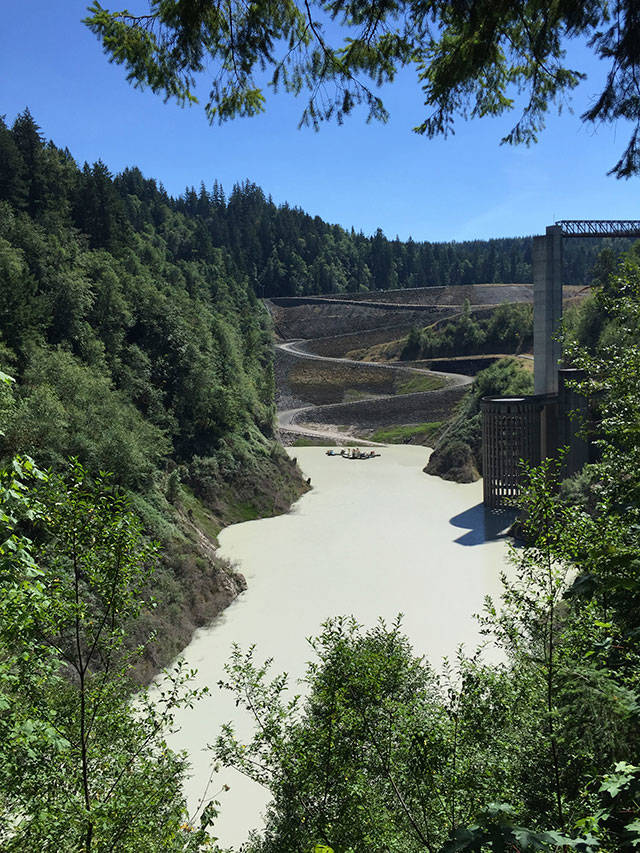With King County being home to four major dams – two of those immediately upstream of Enumclaw – the notion of flood preparedness has taken center stage.
Dams do everything from preventing flooding to providing drinking water, from enhancing recreation opportunities to supporting economic growth – and they’re a hot topic of conversation, particularly in light of the recent crisis with the Oroville Dam in California.
In King County, the Flood Control District’s executive board recently took action, offering a resolution aimed at funding an analysis of county flood preparedness efforts in the event of a dam failure. The resolution supports legislation by the Metropolitan King County Council, which identifies proactive measures that can be taken to save lives and protect property.
The Flood Control District resolution was sponsored by Chairman Reagan Dunn, who also sits on the County Council. Dunn represents a sprawling district that includes the southern part of the county, home to a pair of dams.
On the countywide roster of dams are:
• Howard Hanson Dam on the Green River, northeast of Enumclaw and upstream from Kanaskat-Palmer State Park. The dam is owned and operated by the U.S. Army Corps of Engineers and its reservoir is a source of drinking water for the city of Tacoma.
• Mud Mountain Dam on the White River, east of Enumclaw and just off state Route 410, also is a project of the Army Corps of Engineers.
• others include the Masonry Dam, also known as the Chester Morse Dam, on the Cedar River and the Tolt River Dam.
The potential for disaster has reared its head locally.
In 2009, the Federal Emergency Management Agency conducted a study of the Howard Hanson Dam, after water was discovered seeping from a dam abutement. FEMA predicted that if the dam had failed, resulting floods would have displaced thousands of people and caused billions of dollars of damage. Dam improvements were initiated to mitigate a potential flood and were completed in 2011.
“I am glad to see the Flood Control District and County Council take action to help King County become better prepared,” Dunn said. “Proper planning and coordination are essential tools to mitigate the costs of floods, and we can always improve our preparation.”
“While the possibility of a dam failure in King County is remote, we must ensure that we are well prepared should the unthinkable happen,” said Flood Control District Supervisor Claudia Balducci. “I look forward to seeing the results of the assessment this summer.”
Anyone wishing more information about the recent legislation or flood prevention can contact Michelle Clark, Flood Control District executive director, at 206-477-2985. Information also is available at kingcountyfloodcontrol.org/.


